'Zombie ice' is real — and it's as spooky as it sounds
A scary new report says climate change will have massive effects on our oceans and coasts

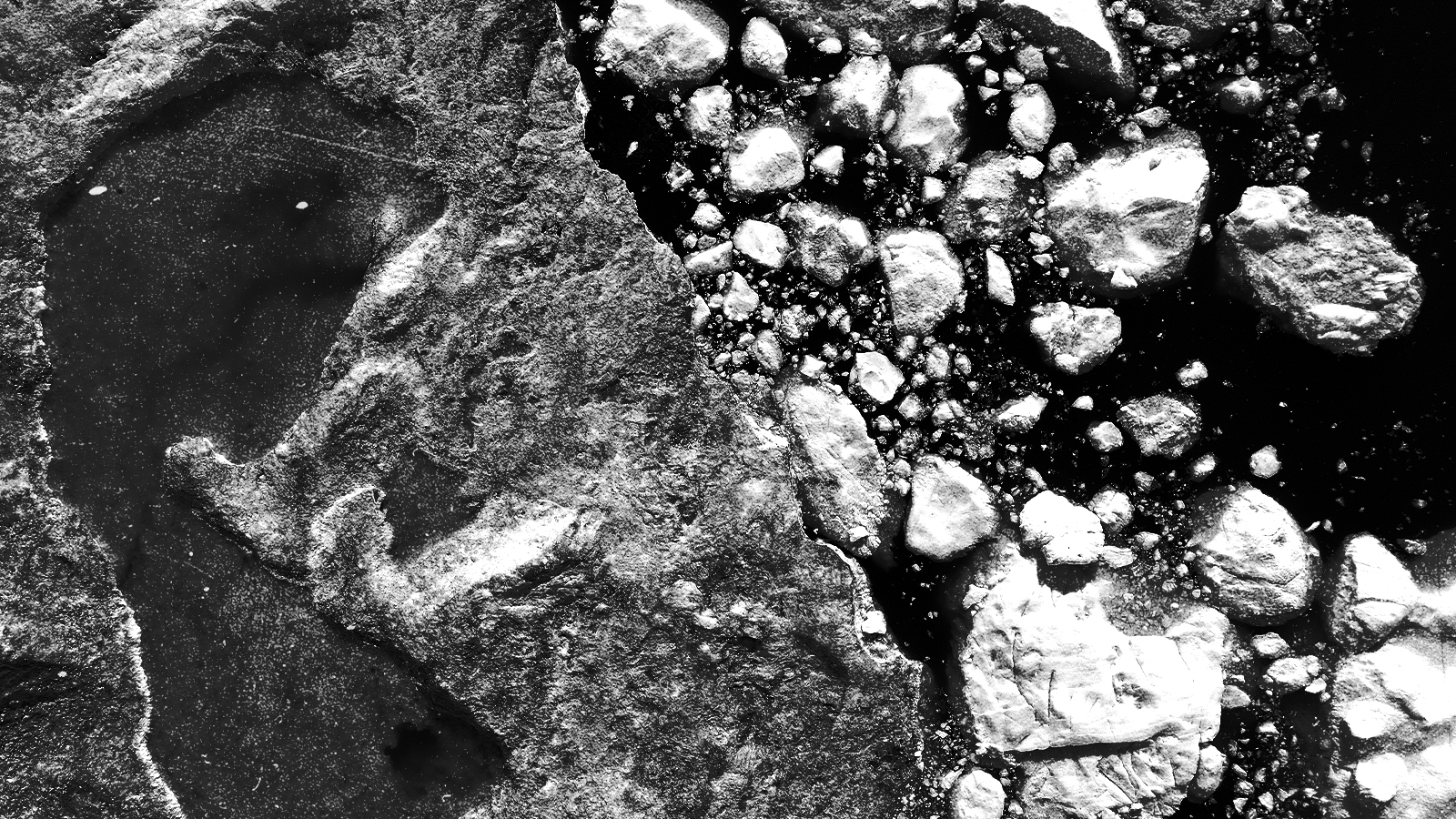
"Zombie ice" might sound like a concept out of a 1950s B movie, but it's a real thing — and it's dangerous. Scientists said this week that zombie ice from Greenland's melting ice sheet will raise global sea levels by an average of 10 inches.
Climate change is the culprit, of course. And the impact of that melting ice will be unexpectedly huge.
"The unavoidable 10 inches in the study is more than twice as much sea level rise as scientists had previously expected from the melting of Greenland's ice sheet," The Associated Press reports. A 2021 report from the Intergovernmental Panel on Climate Change, for example, had previously estimated that Greenland would be responsible for up to five inches of rising water globally. Can anything be done about the attack of the zombie ice? Here's everything you need to know:
The Week
Escape your echo chamber. Get the facts behind the news, plus analysis from multiple perspectives.

Sign up for The Week's Free Newsletters
From our morning news briefing to a weekly Good News Newsletter, get the best of The Week delivered directly to your inbox.
From our morning news briefing to a weekly Good News Newsletter, get the best of The Week delivered directly to your inbox.
What is zombie ice?
"It's dead ice. It's just going to melt and disappear from the ice sheet," said William Colgan, a glaciologist who co-authored the new study. Here's how that works: In the pre-climate change times, snowfall in Greenland was expected to refresh and thicken the sides of the country's glaciers, AP reports. "But in the last few decades, there's less replenishment and more melting, creating imbalance." The so-called "zombie ice" is ice that still exists but is "no longer getting replenished by parent glaciers now receiving less snow." And soon enough, much of it will simply melt.
Of course, it's not news that Greenland's ice sheet — the second-biggest in the world, after Antarctica — is melting quickly. Scientists from Ohio State University in 2020 reported that the country's snowfall was no longer keeping up with the ice melt — which meant that the ice sheet would keep melting even if global temperatures stopped rising, or even started to cool. That latter scenario obviously hasn't happened. Continued rising temperatures mean that glaciers are now sitting in pools of ever deeper water that accelerate their melting process: "Warm ocean water melts glacier ice," the Ohio State scientists said, "and also makes it difficult for the glaciers to grow back to their previous positions."
Long story short? The Greenland ice sheet has long since passed "the point of no return."
What effects will a rising ocean have?
"Sea level rise poses a serious threat to coastal life around the world," National Geographic says in an explainer on the topic. The ramifications will include intense storm surges, flooding, and damage to wildlife habitats across the coasts. And this isn't just a future problem: In Florida, for example, ocean levels are eight inches higher than they were in 1950. That creates all kinds of issues. Drinking water is threatened because the rising seas have "allowed saltwater to intrude into the drinking water and compromised sewage plants," says SeaLevelRise.org, and "there are already 120,000 properties at risk from frequent tidal flooding in Florida." That forces property owners to retreat from the coasts — unless state and federal governments spend billions on infrastructure projects designed to keep the seawater at bay.
A free daily email with the biggest news stories of the day – and the best features from TheWeek.com
But it's not just homeowners who will suffer. More than 40 percent of the U.S. population — 133 million people as of 2013 — lives and works along the American coasts, according to the National Academies of Sciences, Engineering and Medicine. That's just America. Globally, "some of the latest estimates suggest that as many as 630 million people may live on land below projected annual flood levels by the end of the century," The Conversation reported in 2020.
Is there any way to stop this?
Not really. A lot of the damage has already been done. The Associated Press points out that the new study predicts that 3.3 of Greenland's ice sheet will melt "no matter what" even if everybody in the world started driving electric cars tomorrow. And the study only estimates the effects of Greenland's ice melt — it doesn't include the likely effects of climate change in Antarctica and other ice-bound environments.
This is usually the part of the story where we're supposed to offer a little hope, but the researchers don't have much to supply. "Even if the whole world stopped burning fossil fuels today, the Greenland Ice Sheet would still lose about 110 trillion tons of ice," say the study's authors, researchers at the Geological Survey of Denmark and Greenland. Even scarier, they say their estimate of a 10-inch sea rise from Greenland's ice sheets "is a very conservative rock-bottom minimum."
"Realistically," said Jason Box, one of the co-authors, "we will see this figure more than double within this century."
Joel Mathis is a writer with 30 years of newspaper and online journalism experience. His work also regularly appears in National Geographic and The Kansas City Star. His awards include best online commentary at the Online News Association and (twice) at the City and Regional Magazine Association.
-
 2025’s most notable new albums
2025’s most notable new albumsThe Week Recommends These were some of the finest releases of the past year
-
 Trump aims to take down ‘global mothership’ of climate science
Trump aims to take down ‘global mothership’ of climate scienceIN THE SPOTLIGHT By moving to dismantle Colorado’s National Center for Atmospheric Research, the White House says it is targeting ‘climate alarmism’
-
 Oscars jump to YouTube after decades at ABC
Oscars jump to YouTube after decades at ABCSpeed Read The awards show will be broadcast worldwide on YouTube starting in 2029
-
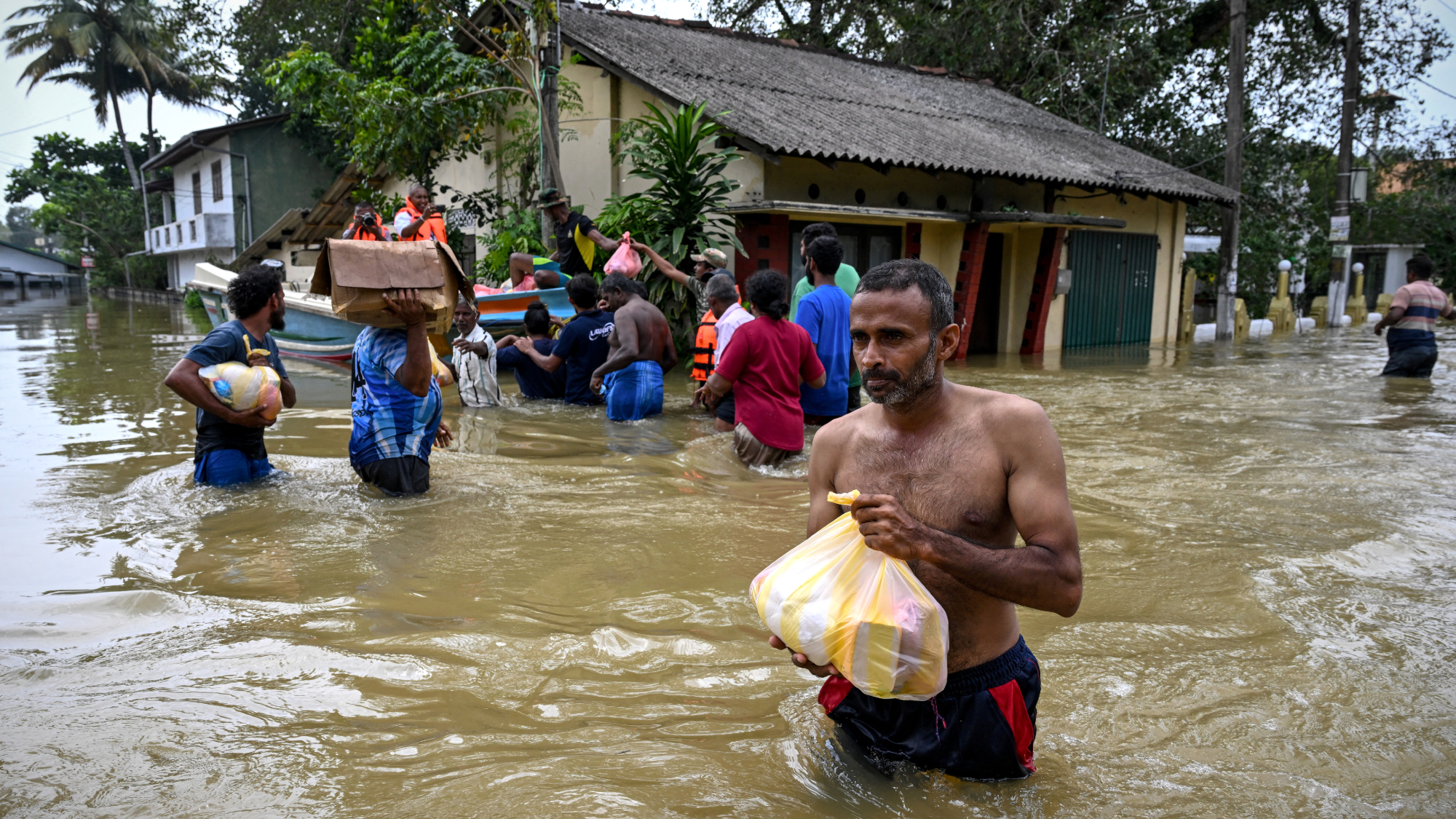 Death toll from Southeast Asia storms tops 1,000
Death toll from Southeast Asia storms tops 1,000speed read Catastrophic floods and landslides have struck Sri Lanka, Indonesia, Thailand and Malaysia
-
 Can for-profit geoengineering put a pause on climate change?
Can for-profit geoengineering put a pause on climate change?In the Spotlight Stardust Solutions wants to dim the sun. Scientists are worried.
-
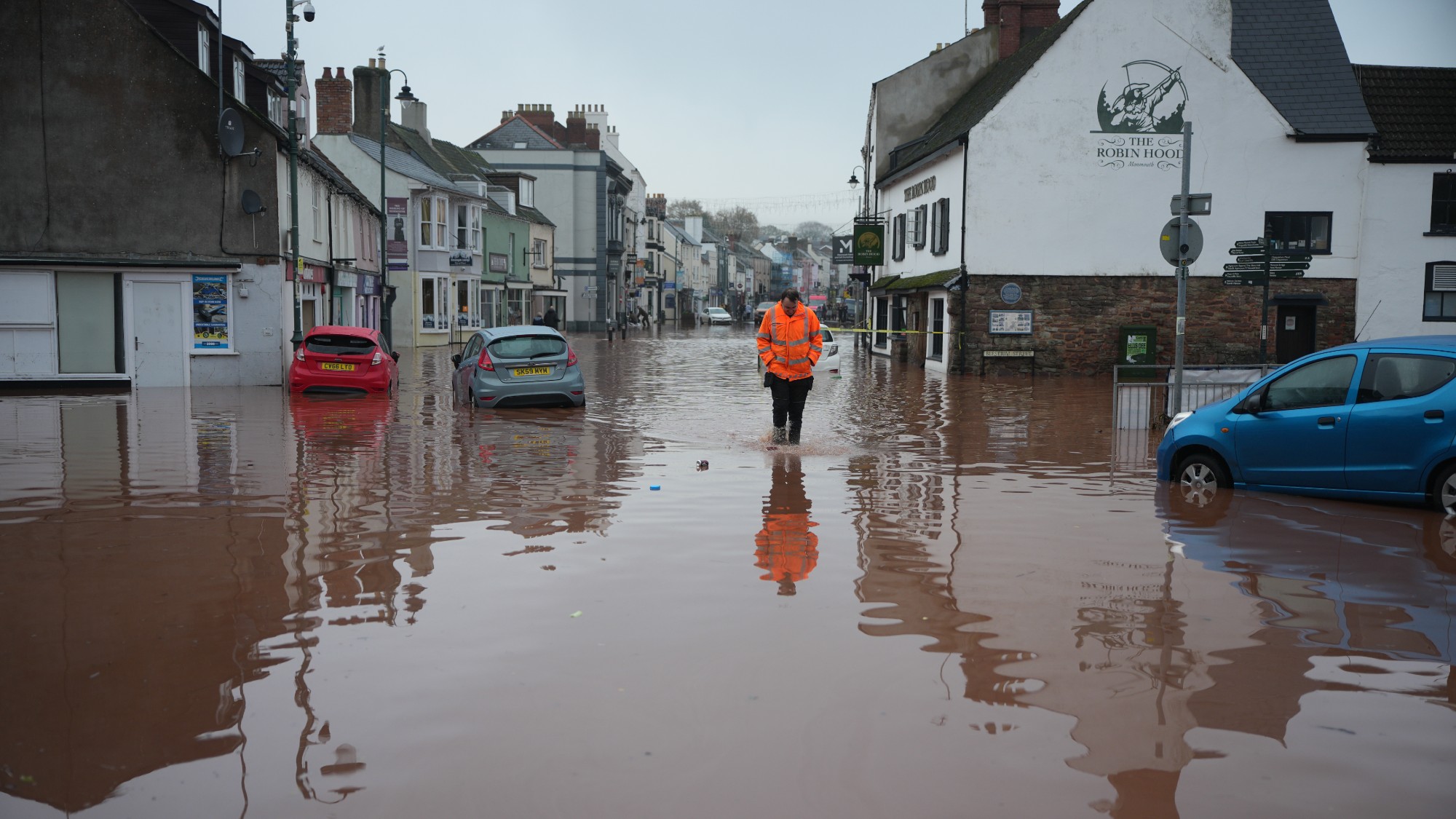 How will climate change affect the UK?
How will climate change affect the UK?The Explainer Met Office projections show the UK getting substantially warmer and wetter – with more extreme weather events
-
 Can the UK do more on climate change?
Can the UK do more on climate change?Today's Big Question Labour has shown leadership in the face of fraying international consensus, but must show the public their green mission is ‘a net benefit, not a net cost’
-
 Did Cop30 fulfil its promise to Indigenous Brazilians?
Did Cop30 fulfil its promise to Indigenous Brazilians?Today’s Big Question Brazilian president approves 10 new protected territories, following ‘unprecedented’ Indigenous presence at conference, both as delegates and protesters
-
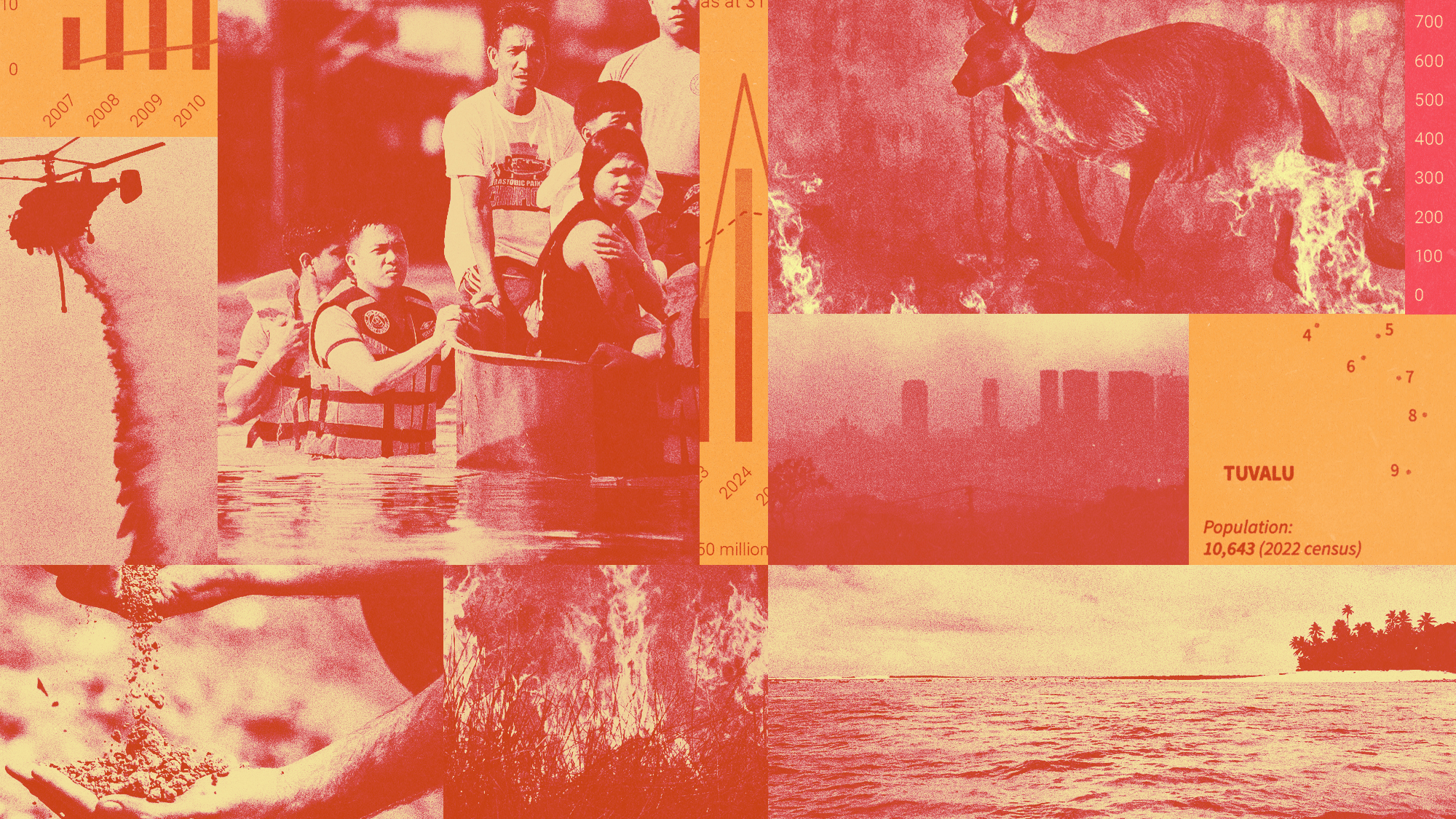 Can the world adapt to climate change?
Can the world adapt to climate change?Today's Big Question As the world gets hotter, COP30 leaders consider resilience efforts
-
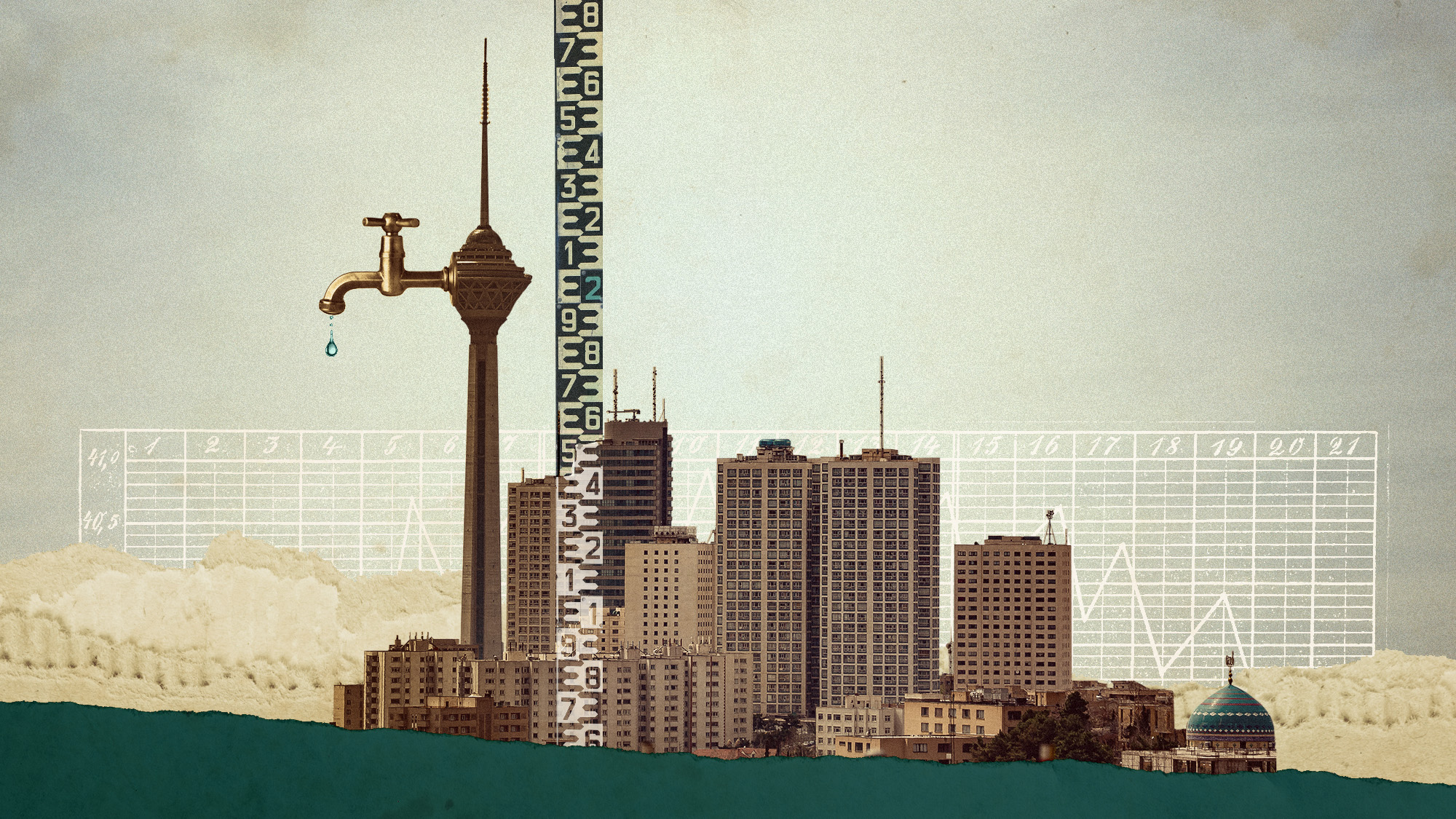 Taps could run dry in drought-stricken Tehran
Taps could run dry in drought-stricken TehranUnder the Radar President warns that unless rationing eases water crisis, citizens may have to evacuate the capital
-
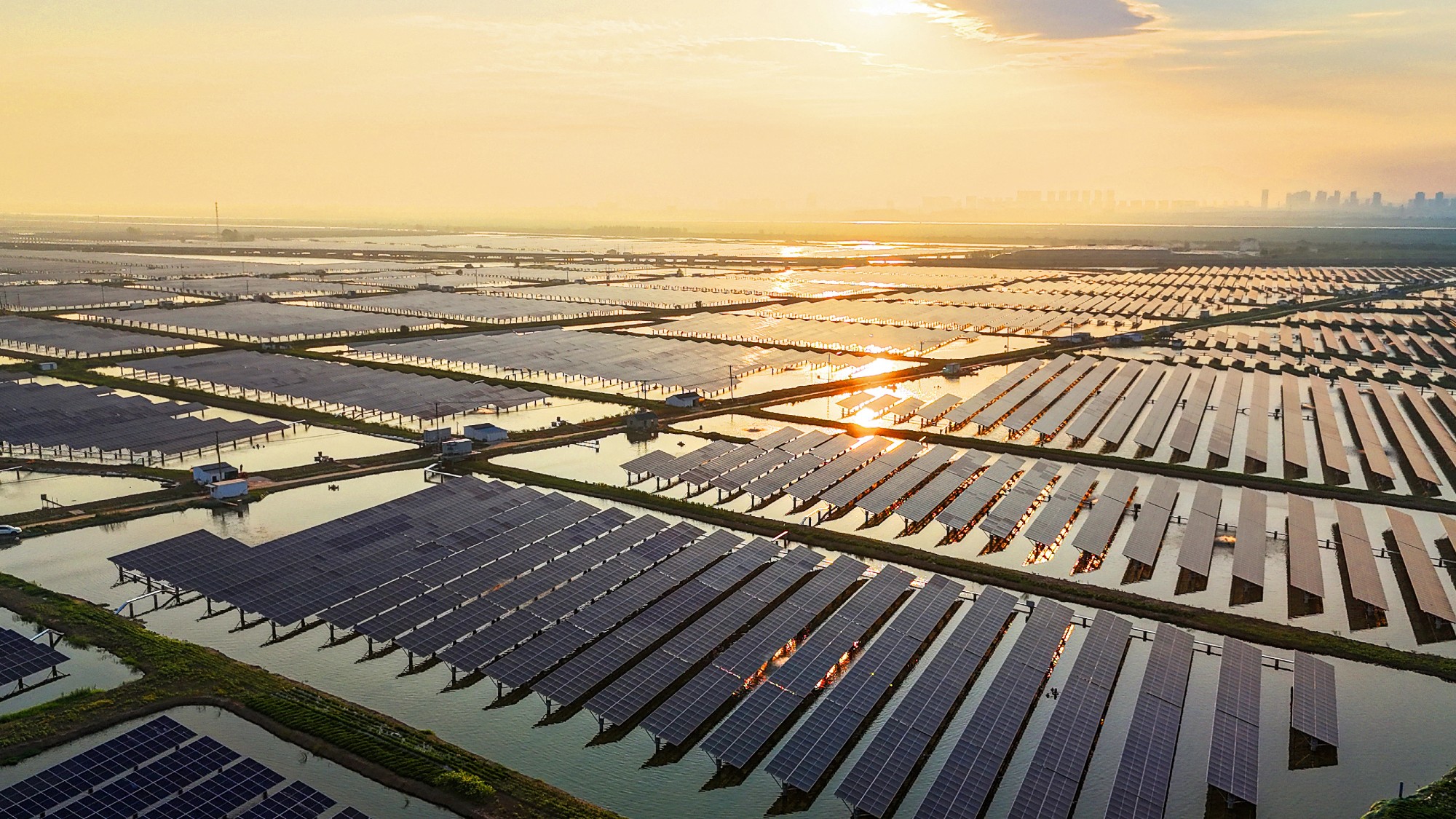 The future of the Paris Agreement
The future of the Paris AgreementThe Explainer UN secretary general warns it is ‘inevitable’ the world will overshoot 1.5C target, but there is still time to change course
